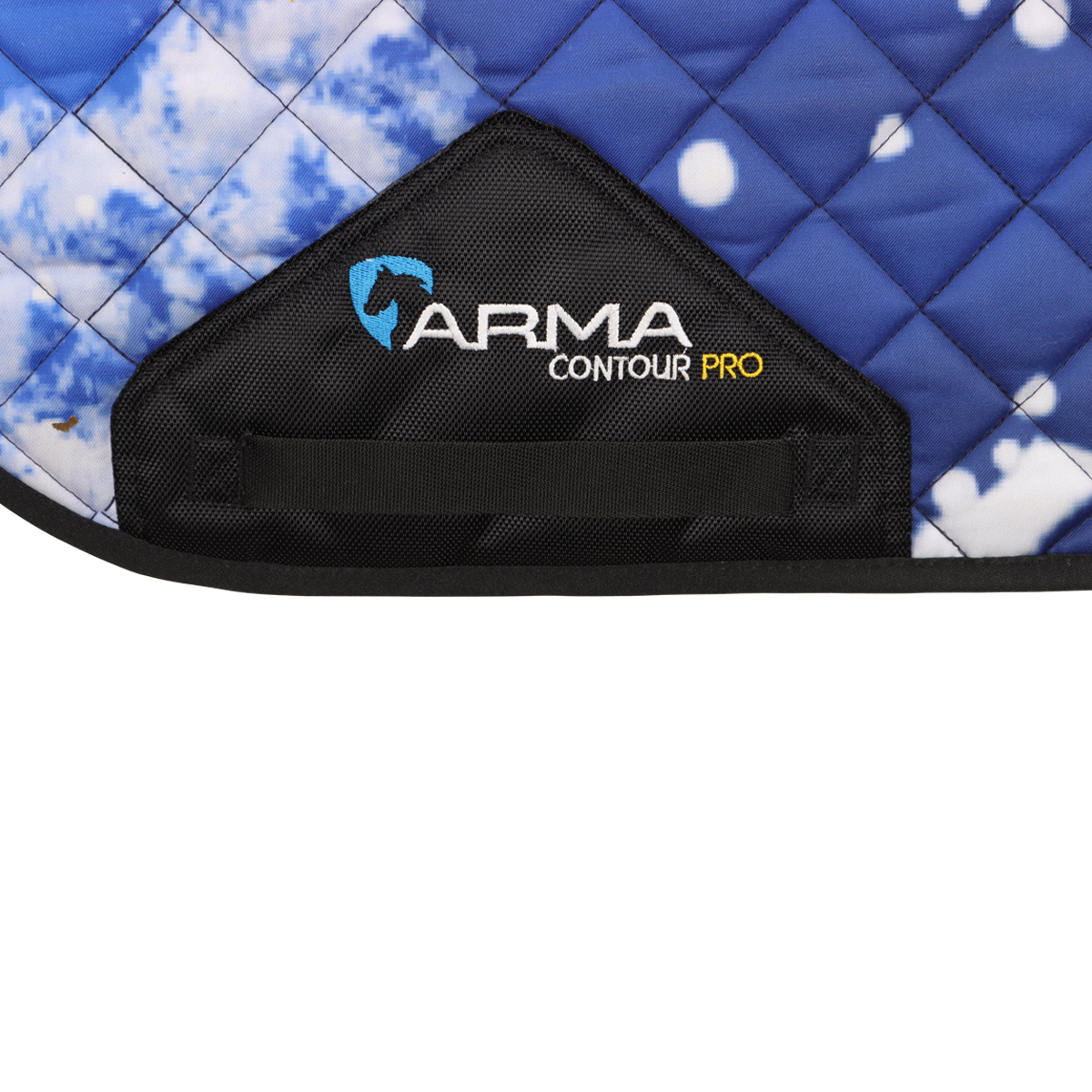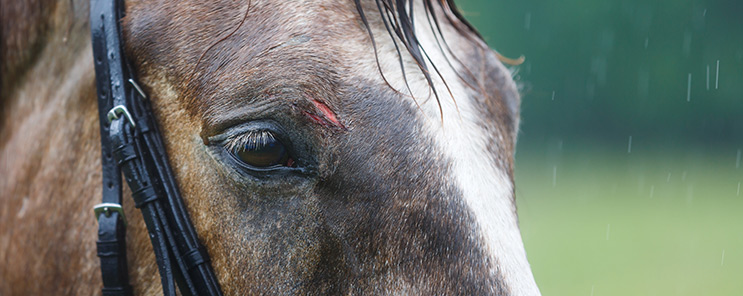An important event is coming up, a competition, clinic or photo shoot with your equine friend. Anything that can go wrong, will go wrong and your horse manages to hit a railing or chafes against the trailer wall while. Just like people, some horses have a tendency to end up with an abrasion or irritation on the least opportune moment.
Location, location, location
It is not always easy to determine the extent of the wound. Does it need stitching? Should I call a vet? Should I apply a bandage? One of the most important things to take into account is the location of the wound. The horse’s muscles are centred on the body, whilst the legs are mostly made up of tendons. Being able to run is important for any horse, this is exactly why horse owners want to protect their horse’s legs as best as possible with all kinds of leg protection. Abrasions and injuries on the lower legs tend to heal rather slowly; unfortunately, these injuries are rather common due to accidents with fences and railings for example. Special care should especially be taken with wounds near the joints.


Healing process
A remarkable statistic is the fact that wounds tend to heal far more quickly with ponies than with horses. The largest difference can be found in stage one of the healing process. In this stage the wound itself and the area around it become warm and swollen; this is called the inflammatory phase and lasts between two and five days. A pony tends to have a faster and more efficient inflammatory phase, which speeds up the entire healing process. It is perfectly normal for a wound to feel rather warm, this is a natural occurrence caused by the immune system. The next phase is the proliferative phase; during this phase new connective tissue, granulation tissue, forms a layer on the wound. This tissue has microscopic blood vessels with healthy blood circulation which allows it to grow quickly and cover the wound rapidly. You’ll notice the wound starts to shrink and a new layer of skin can be seen from the outside in, called epithelia. Lastly new connective tissue is generated which makes the skin in this area stronger. However, the scarring also means the skin will never regain the same elasticity it had before.
How to treat a wound on a horse?
It is recommended to clean the wound thoroughly using a mild disinfectant, for example a honey-based soap. Don’t use aggressive disinfectant. Once the wound or abrasion is clean it is easier to determine the extent of the wound. If the wound keeps bleeding apply a pressure bandage to stop the bleeding. Wounds around the joints are very dangerous and you should always consult a veterinarian if this is the case. Every wound contains bacteria, and when given the chance these bacteria can cause serious inflammation of the joint. If the wound turns out to be just an abrasion or a light chafe cleaning the wound and treating it with (honey based) ointments is generally sufficient. However, when in doubt or if the wound is rather large and open it is wise to consult a vet. The vet can determine whether the wound needs stitching. Large scarring can cause problems with movement, depending on the location of the scar.
In rare occasions a wound won’t settle and continue to show signs of inflammation. This is most commonly seen with horses with a reduced immune system, stressed horses, or diseased (PPID) horses. Other external issues can limit the equine immune system’s ability to rapidly recover from a wound. Always take extra care when your horse has a wound, no matter their size. Keep them clean and contact a vet when in doubt. Another tip: take pictures; this way you can determine whether the wound is healing properly and if the healing process is progressing.
Complete prevention of injuries is impossible. Every horse can stumble, or chafe against something causing an abrasion or injury whether this happens in the stall, around the stables, during transportation, or in the pasture. Be ready for that day and have a proper first aid kit on hand. Make sure to keep it up to date and check for expiration dates on ointments.